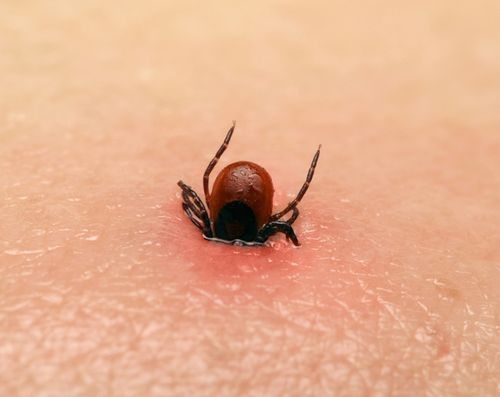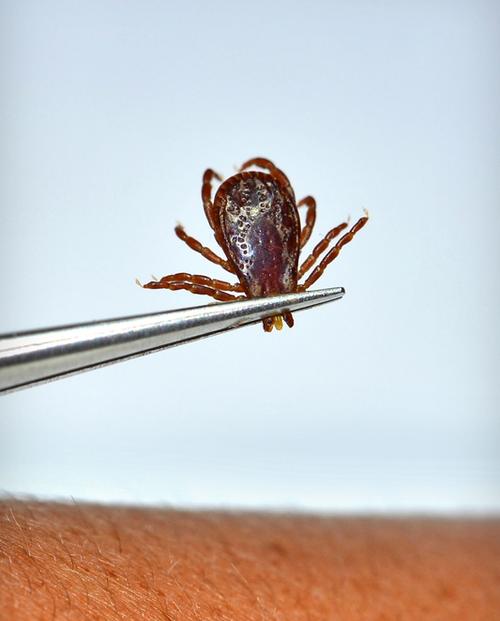
Understanding Tick Bites: A Comprehensive Guide
Tick bites can be a cause for concern, especially considering the rise in tick-borne diseases. In this article, we delve into the various aspects of tick bites, from their causes to the risks they pose and the steps you can take to protect yourself.
What is a Tick Bite?
A tick bite occurs when a tick, a small arachnid, attaches itself to your skin and feeds on your blood. Ticks are commonly found in wooded and grassy areas, and they can carry diseases such as Lyme disease, Rocky Mountain spotted fever, and ehrlichiosis.

How Do Ticks Bite?
Ticks have a specialized mouthpart that allows them to pierce your skin and feed on your blood. Once attached, they can remain on your skin for several days, sometimes even weeks, depending on the species and the disease they carry.
The Risks of Tick Bites
The primary risk of a tick bite is the transmission of tick-borne diseases. These diseases can cause a range of symptoms, from mild to severe, and can sometimes be life-threatening. It’s important to be aware of the signs and symptoms of tick-borne diseases and seek medical attention if you suspect you’ve been infected.
Common Tick-Borne Diseases
Here are some of the most common tick-borne diseases:
| Disease | Caused by | Common Symptoms |
|---|---|---|
| Lyme Disease | Borrelia burgdorferi | Fever, headache, fatigue, joint pain, rash |
| Rocky Mountain Spotted Fever | Borrelia lonestari | High fever, headache, chills, muscle pain, rash |
| Ehrlichiosis | Ehrlichia chaffeensis | Fever, headache, fatigue, muscle aches, joint pain |
Preventing Tick Bites
Preventing tick bites is crucial, especially if you spend time in tick-infested areas. Here are some tips to help you stay safe:

- Wear long sleeves and pants when hiking or working in tick-infested areas.
- Use insect repellents containing DEET or picaridin.
- Perform regular tick checks on yourself, your family, and your pets after spending time outdoors.
- Remove ticks promptly using fine-tipped tweezers.
Recognizing a Tick Bite
Recognizing a tick bite is essential, as early detection can prevent the transmission of tick-borne diseases. Here are some signs to look out for:
- A small, red bump at the site of the bite.
- A rash that may appear days or weeks after the bite.
- Flu-like symptoms, such as fever, headache, and fatigue.
Seeking Medical Attention
If you suspect you’ve been bitten by a tick and are experiencing symptoms of a tick-borne disease, it’s important to seek medical attention promptly. Your doctor may prescribe antibiotics or other treatments to help manage the infection.
Conclusion
Tick bites can be a serious concern, but by understanding the risks and taking appropriate precautions, you can reduce your chances of being bitten and infected. Stay informed, stay vigilant, and take action to protect yourself and your loved ones from tick-borne diseases.





